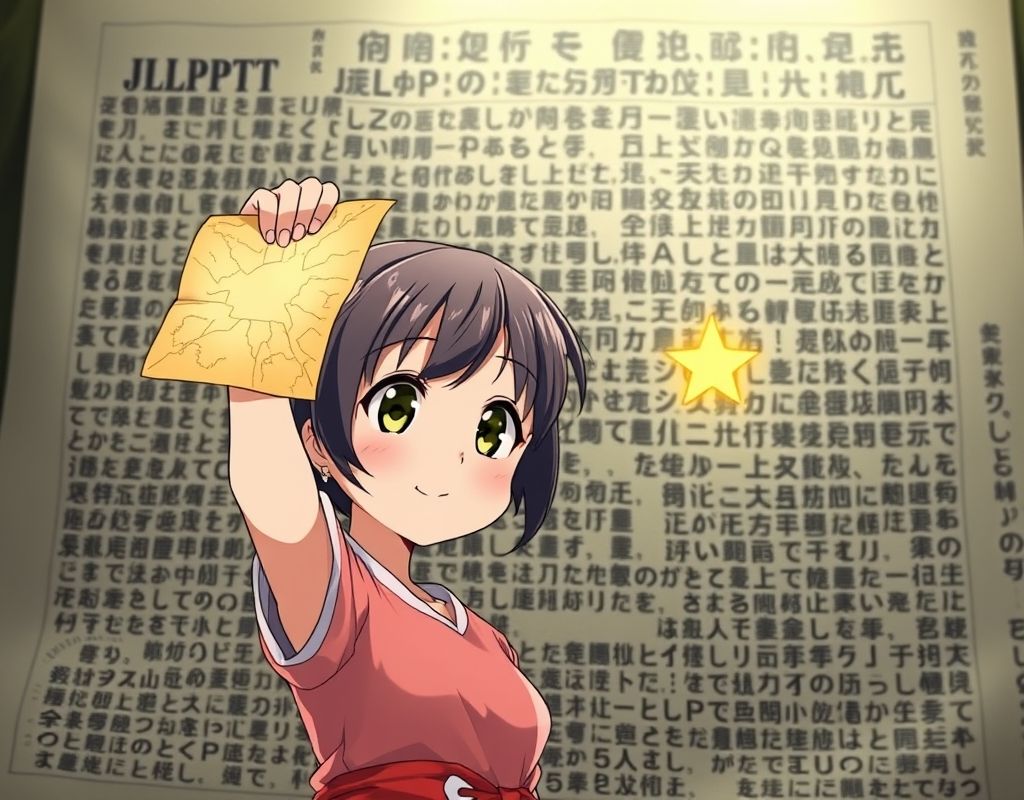
JLPT Info Retrieval: Questions First, Points Later!
JLPT 情報検索: Don't Read, "Hunt" for Information!
Hello everyone. With 10 years of experience in Japan and having conquered the JLPT, I know there's one question type in the Reading section (読解) that many people approach incorrectly: the 情報検索 (jōhō kensaku - Information Retrieval) question. This is the one with a long text like a poster, a company email, or an instruction manual, where you have to answer questions based on it.
Many students see it, panic, and start reading from the very first word to the last. 😵
This is the biggest mistake you can make, wasting both time and energy!
🤔 The Fatal Mistake: Reading from Top to Bottom
When you try to read and understand the entire content of a cluttered poster or announcement, you will:
- Lose a lot of precious time ⏳
- Suffer from information overload, making it hard to remember details.
- Have to go back and search from scratch after reading the questions.
The 情報検索 question doesn't test your deep comprehension skills. It tests only one thing: can you quickly find the specific information you need.
🎯 The "Hunter's" Strategy: Read the Questions First!
Let's change your mindset. You are not a reader; you are a hunter looking for prey (information). And here are your weapons:
Step 1: Ignore the Text, Read the QUESTIONS First!
That's right, ignore that long, intimidating text. The very first thing you do is read and analyze all the questions. Underline the important keywords:
- What is it asking about? (price, time, location, conditions for participation...)
- Who is the target audience? (students, adults, members...)
- Specific numbers (dates, phone numbers, quantities...)
After this step, you now have a "treasure map" in your mind. You know exactly what you're looking for. 🗺️
Step 2: Scan the Text for Keywords
Now, look at the text. But don't read! Use your eyes to scan it like a machine, searching for the exact keywords you just underlined in Step 1. 🔍
- See a question about price (料金)? Immediately look for the characters 「円」 or 「料金」.
- A question about date (日付)? Instantly find 「月」「日」「時」.
- A question about conditions (条件)? Find sections with words like 「場合」「対象」「注意」.
Step 3: Read the Area Around the Keyword Carefully
Once you've "caught" a keyword, now is the time to read. But only read the sentence or short paragraph containing that keyword. Be especially careful with words that indicate conditions or exceptions, such as:
- ただし、〜 (However, except...)
- 〜の場合 (In the case of...)
- 〜に限る (Limited to...)
- 〜は除く (Excluding...)
These are often the small traps set by the JLPT. ✅
✨ Conclusion
The 情報検索 question is like finding a name in your phone's contacts. You wouldn't read every name from A to Z; you'd use the search bar. In the JLPT, the questions are your search bar.
By applying this strategy, you will not only save a huge amount of time but also conserve mental energy and focus for the longer, more difficult reading passages that follow. Happy point hunting! 💪
Thẻ liên quan:
Lan tỏa kiến thức
Chia sẻ những điều hay ho với bạn bè